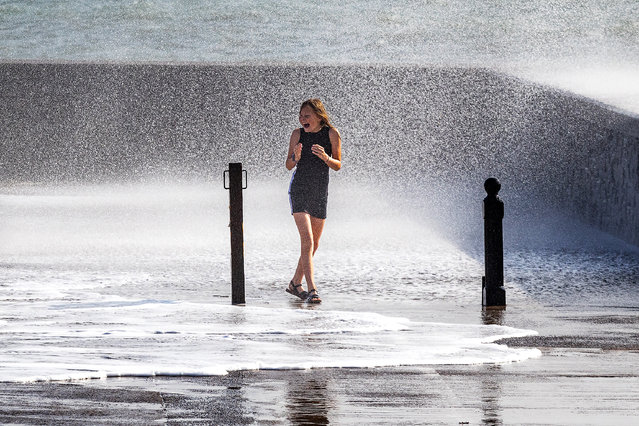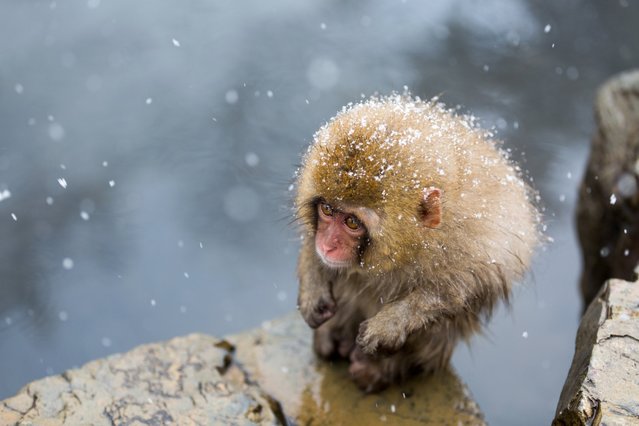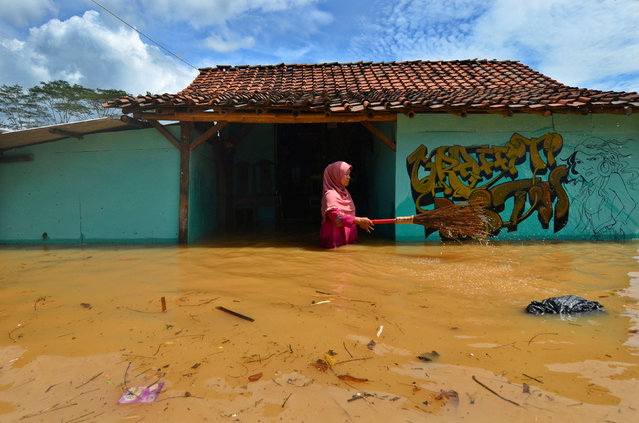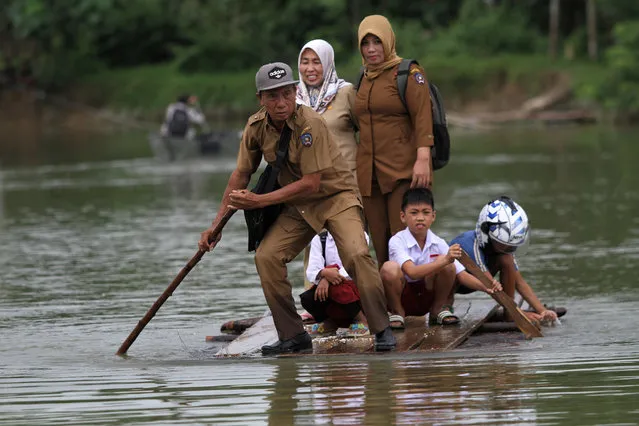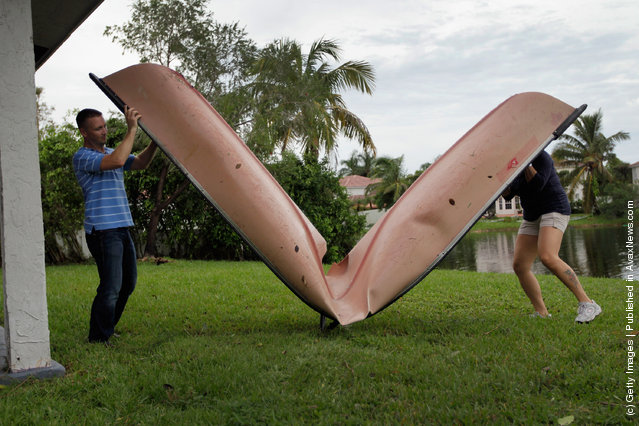
Rescuers work to put out fire outside a damaged residential building hit by recent shelling in the course of Russia-Ukraine conflict in Donetsk, Russian-controlled Ukraine on November 7, 2023. (Photo by Reuters/Stringer)
08 Dec 2023 02:52:00,post received
0 comments

